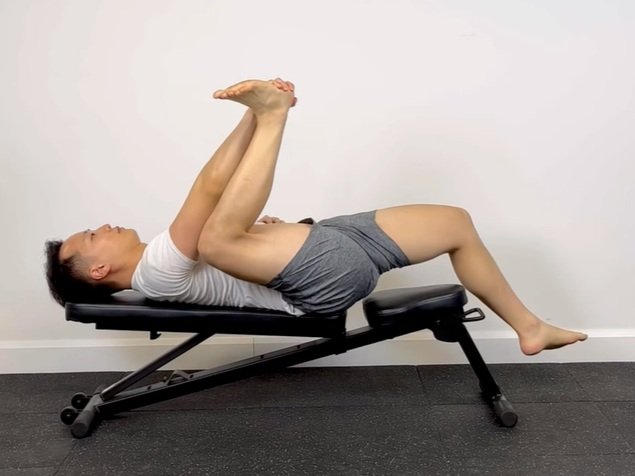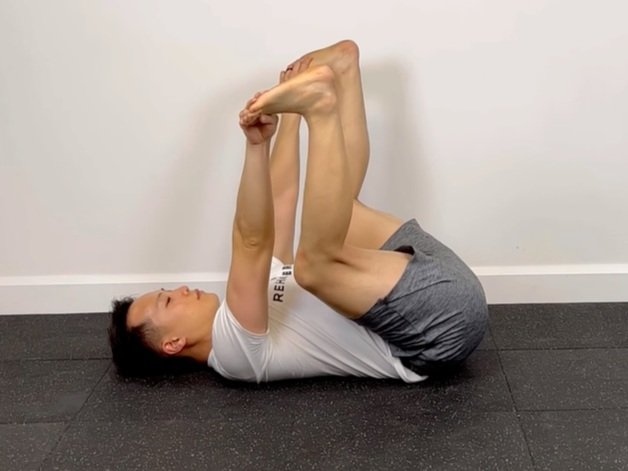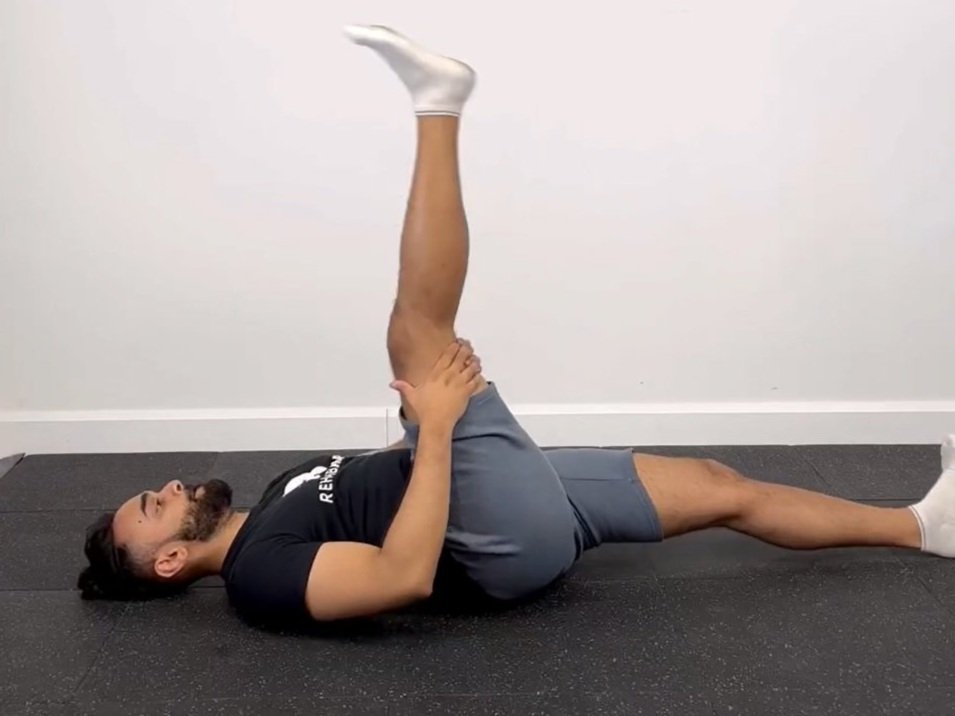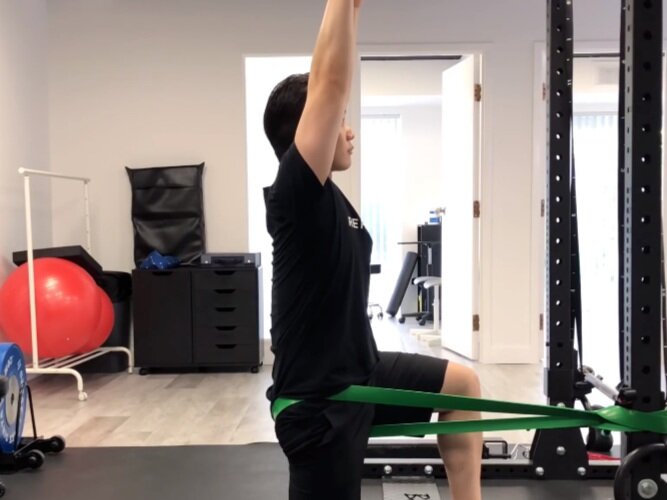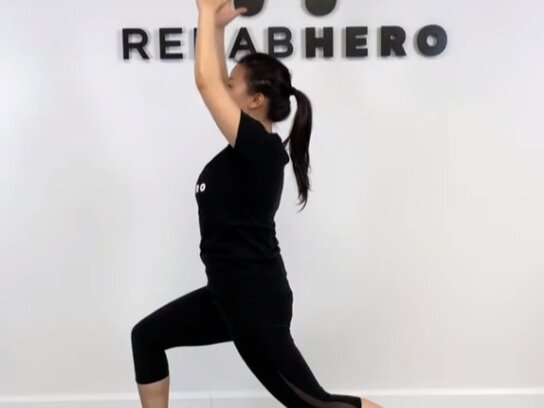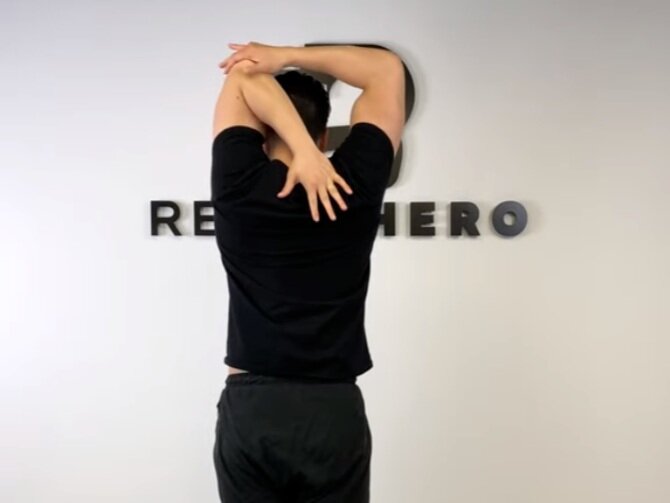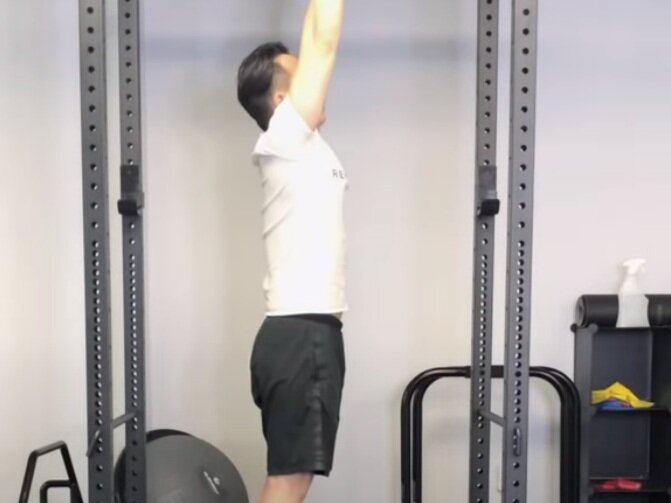Soft Tissue Scraping
What is soft tissue scraping?
Learn about instrument assisted soft tissue mobilization.
Background information
Soft tissue scraping is medically known as Instrument Assisted Soft Tissue Mobilization / Therapy or IASTM / IASTT for short. It is a form of manual therapy that often uses stainless steel instruments to assist in the treatment of musculoskeletal soft tissues. These tools are applied directly to the skin and right on or around affected tissues to stimulate the healing process.
Within this category of therapy are technique systems including Gua Sha, Graston, and Smart Tools (to name a few). IASTM started back around 220 BC when records of Gua Sha reveal that it was used to create bruising on the skin called petechiae and ecchymosis. Back in ancient times, it was used to promote circulation and metabolic processes. The tools back then were made from spoons, coins, wood, jade, bone, or bamboo.
Fast forward to the 20th century, a man named David Graston pioneered modern day IASTT. His techniques and tools were created based on the original Gua Sha philosophy.
Scraping is often used either as an adjunct or replacement for conventional manual therapy techniques like myofascial release therapy. It is used to improve range of motion, reduce pain, and improve overall function.
Why use scraping?
IASTM is used to improve tissue extensibility dysfunctions (TEDs). TEDs are restrictions in range of motion due to tissues that are multi-articular (cross more than 1 joint). Examples of TED include:
Fascial tension
Neural tension
Muscle hypertonicity
Muscle hypertrophy
Scarring & fibrosis
Trigger points
Densification of tissue layers
Fascial Tension
Scraping is used to promote the gliding and sliding of structures between layers of tissue. This is used to reduce the densification of otherwise loose connective tissues that may be contributing to pain and movement dysfunction.
Tissues adhesions create tissue densification through the entanglement of hyaluronic acids. These molecules create a gel-like restriction that restricts tissues from gliding and sliding optimally. Scraping is used to increase the temperature and friction of local areas to normalize hyaluronic acid molecules, thus allowing freedom of movement in fascial layers. In this respect normal range of motion can be returned.
Neural Tension
Nerve tension can occur when it is entrapped between layers of tissues. This can occur following an inflammatory event that causes the nerve to get ‘stuck’ between tissues. This prevents the nerve from gliding freely and can generate pain. Neural tension can contribute to conditions like brachial plexopathy or pseudo-sciatica. As with fascial tension, scraping is used to help tissues become mobile, giving the nerve the ability to slide freely once again.
Muscle Hypertonicity
Muscle hypertonicity can cause adaptive shortening of muscular tissues that lead to a new shortened tissue length. This can cause permanent changes unless addressed with therapy or exercise. Often this is the cause of mobility limitations following the resolution of an injury. This is also known as a muscle contracture and is often seen after periods of immobility (such as an immobilized arm that has been casted due to a fracture healing). IASTT aims to restore muscular tissue mobility.
Trigger Points
Trigger points are areas of high muscle tone that is often the result of repetitive strain or overuse. Myofascial trigger points can restrict muscles and are addressed by scraping in similar approaches to myofascial massage. To learn more about trigger points click here.
Goals of soft tissue scraping
There are three main goals with IASTM, they are:
Reinitiate the first stage of healing in the body
Stimulate the nervous system
Reduce abnormal tissue densification (explained above under fascial tension)
Rebooting the first stage of healing
IASTT causes controlled microtrauma to the tissues affected which is often seen as superficial bruising. This can cause a local inflammatory response that promotes the breakdown of scar tissue, synthesis of new collagen, and connective tissue remodeling. IASTM may help to promote fibroblast proliferation, collagen synthesis, collagen maturation, collagen alignment, and reduction in granular tissue through this process. This inflammatory process can also increase blood flow and improve supply to otherwise low blood supply tissues such as ligaments.
Nervous system stimulation
Stimulation of the nervous system is used to decrease pain, improve range of motion, and to improve proprioception (joint awareness). It accomplishes this by stimulating receptors in the skin and underlying tissues.
Scraping’s effect on pain can be explained by the Pain Gate Theory. Nociceptors, which are pain receptors, share the same nerve pathways as those involved with movement and proprioception. These small pain nerves send signals from the site of injury to the brain, but can be overridden by stronger signals from the stimulation of mechanoreceptors (which are sensory receptors). Scraping causes stimulation of mechanoreceptors leading to decreased perceived pain.
The stimulation of mechanoreceptors from IASTM can also improve range of motion. It accomplishes this in the same manner as foam rolling or massage. The moderate pressure from the tool can cause the parasympathetic nervous system to turn on leading to muscular relaxation.
Controversy around scar tissue
Within the medical community there is controversy around scraping’s ability to ‘break scar tissue’. Some practitioners may claim to be able to breakdown scar tissue using varying techniques, however this claim has yet to be proven in current literature. It should be known that controversy around this topic may in fact be due to using this claim as a laymen phrase for scar tissue remodeling. Instead, it may be valuable for clinicians to educate their patients using carefully selected terms in order to optimize their treatment effect on a patient’s psychology.
Who can do soft tissue scraping?
Any registered massage therapist, chiropractor or physiotherapist can provide this type of manual therapy as part of their general appointment. If you are looking for scraping in Markham, click the button below to visit us at the Rehab Hero clinic:
Written by:
Dr. David Song, Chiropractor, Acupuncture Provider, Rehab Coach














